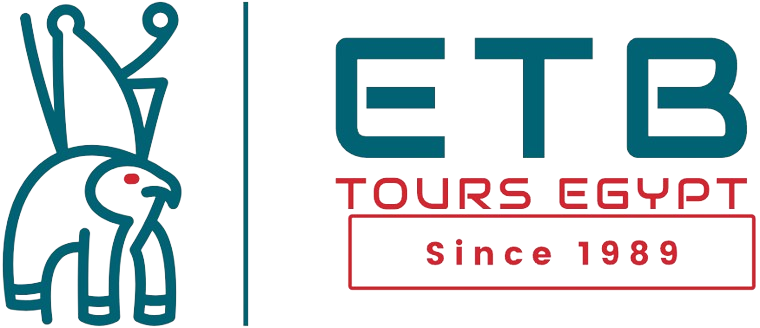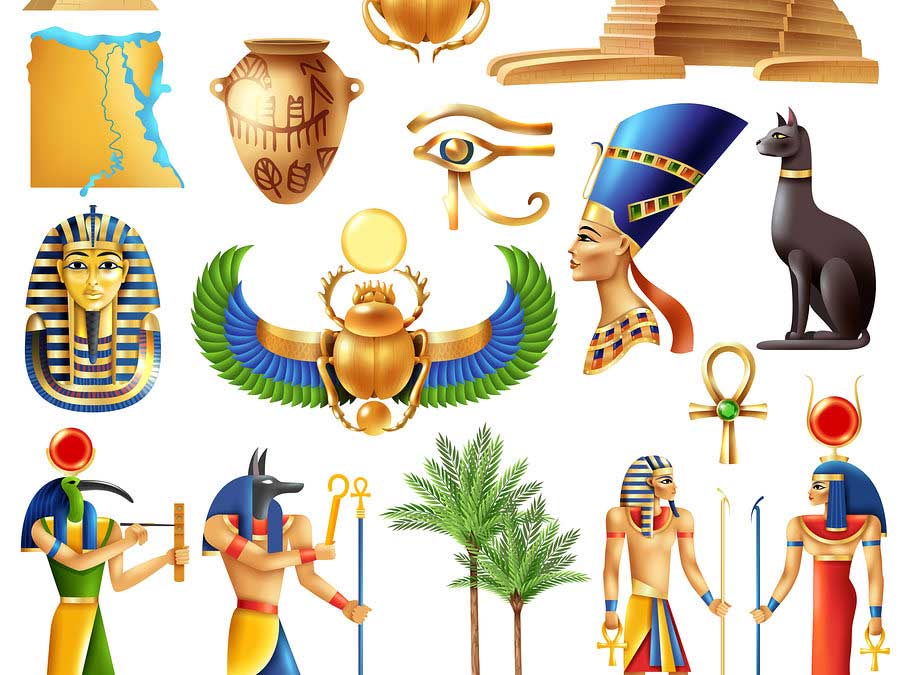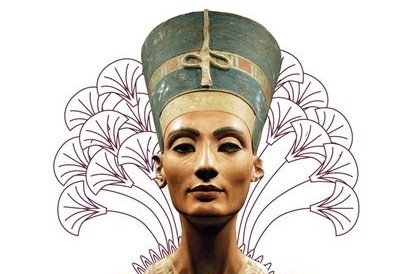Was Cleopatra's perfume really recreated?
egyptian and other archaeologists were recently asked about the perfume recreated in an American university lab and they said it can’t be proven to be Cleopatra VII who lived over 2,000 years ago
Two of the scientists who created the perfume told the BBC they never said it was Cleopatra’s perfume and there is no scientific evidence that connects the queen to the “Mendesian” perfume on display at the “Queens of Egypt” exhibition at the National Geographic Society in Washington D.C
Dora Goldsmith, Egyptologist at Freie Universität Berlin told BBC Arabic: “Neither I nor my team said the Mendesian perfume we recreated is the same as what Cleopatra used. We believe ours is the closest to the original based on current research.”
Goldsmith said they might be able to make a more accurate version of the original Mendesian in the future.
Goldsmith is currently working on a research project on the sense of smell in ancient Egypt with her colleague Sean Coughlin, a historian of pharmacy and herbs at Humboldt University in Berlin. They recreated the Mendesian and Metopian perfumes using extracts from plants and herbs from the same regions where ancient Egyptian and Greek perfume materials were sourced.
Archaeologist Jay Silverstein, lecturer at the Graduate School of Advanced Studies at Tyumen State University in Russia told the BBC there is no direct evidence to link this perfume to Cleopatra who was known to be a perfume enthusiast. But he added “This would have pleased her.”
For the past 10 years, Silverstein and his colleague archaeologist Robert Littman have been leading an excavation mission from the University of Hawaii at the ancient city of Thmuis, now known as Tell Timai, near Mansoura in Egypt’s Nile Delta. They found a site for manufacturing various liquids and other items near primitive furnaces, so the area was a perfume maker and trader.
Tell Timai According to the latest newsletter from the University of Hawaii, Littman and Silverstein were able to recreate a perfume Cleopatra VII might have worn. In 2012 the team found a site in the ancient city of Thmuis with remnants of various liquids, gold and silver artifacts and primitive furnaces, so it was a house of a perfume maker and trader.
Silverstein told the BBC: “We know for sure Cleopatra didn’t live in Thmuis (Tell Timai) or Mendes (now Tell El-Ruba) in the Nile Delta but she was interested in perfumes and might have used perfumes from this region.” He added “That’s why we focused on the perfume manufacturing area in Tell Timai after finding containers with dry residues to see if they had any recognizable traces of the liquids produced there.”
Greek historians wrote about the Mendesian perfume, describing it as the finest fragrance in the Mediterranean region over two thousand years ago.
Atlas Obscura, a travel and exploration website, says Littman that this was the most expensive perfume in the ancient world, like Chanel No. 5 of its time and it was probably worn by the beautiful Queen Cleopatra of ancient Egypt herself.
Littman also says "the consistency of ancient perfumes was much thicker than what we use today, like olive oil".
Historically Thmuis and Mendes were the perfuming regions of the ancient world and they produced two famous perfumes, Mendesian and Metopian, from at least the 5th century BCE to the late Roman period.
Cleopatra and the Mendesian Perfume According to the University of Hawaii, the researchers consulted two experts in the study and recreation of ancient Egyptian perfumes—Dora Goldsmith and Sean Coughlin—who spent several months experimenting to recreate the perfume following the same ancient steps and sources, using modern botanical descriptions and ancient Greek texts.
The team used ancient methods and studies and the same plants mentioned in historical recipes to recreate the Mendesian perfume with materials from the same regions in Egypt and Greece, with myrrh resin being the main ingredient.
Goldsmith told the BBC they looked at ancient Egyptian and Greek sources to find a connection between Cleopatra VII and the Mendesian perfume. "But the perfume wasn’t mentioned in Egyptian sources, although it was already famous in Greece by the early 4th century BCE as the most expensive perfume."
 English
English  Spanish
Spanish  Chinese
Chinese  French
French  Portuguese
Portuguese  Italian
Italian  Russian
Russian  Czech
Czech  German
German  Japanese
Japanese 








